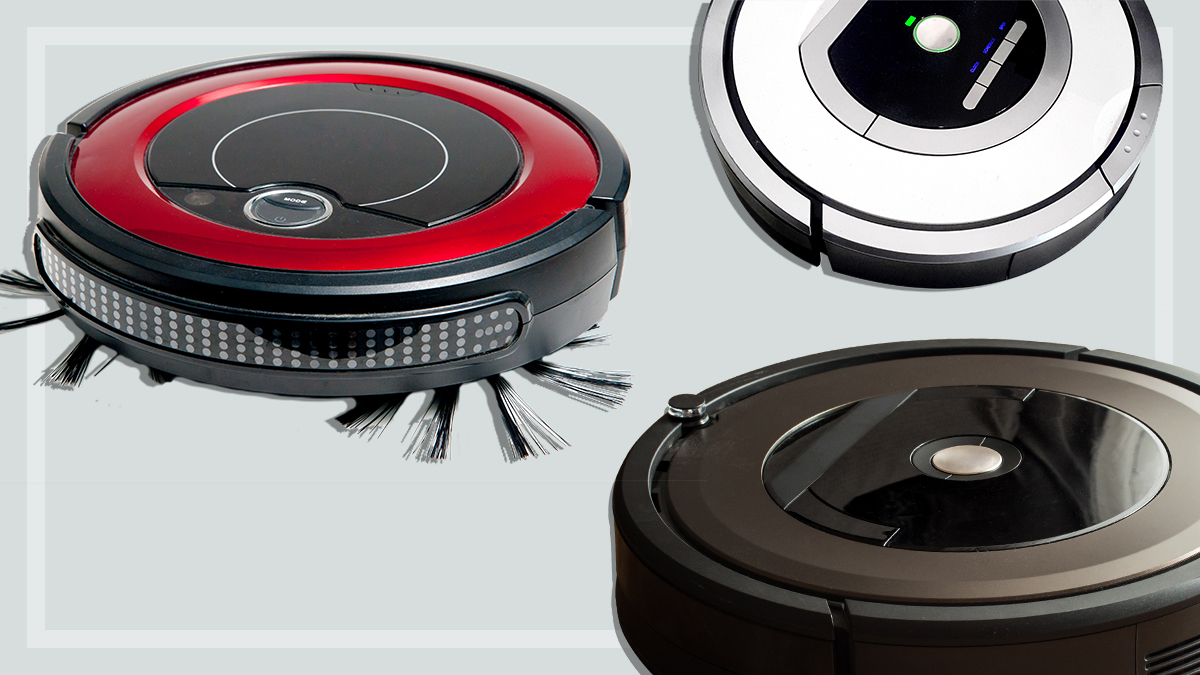Get our independent lab tests, expert reviews and honest advice.
How we test robot vacuums
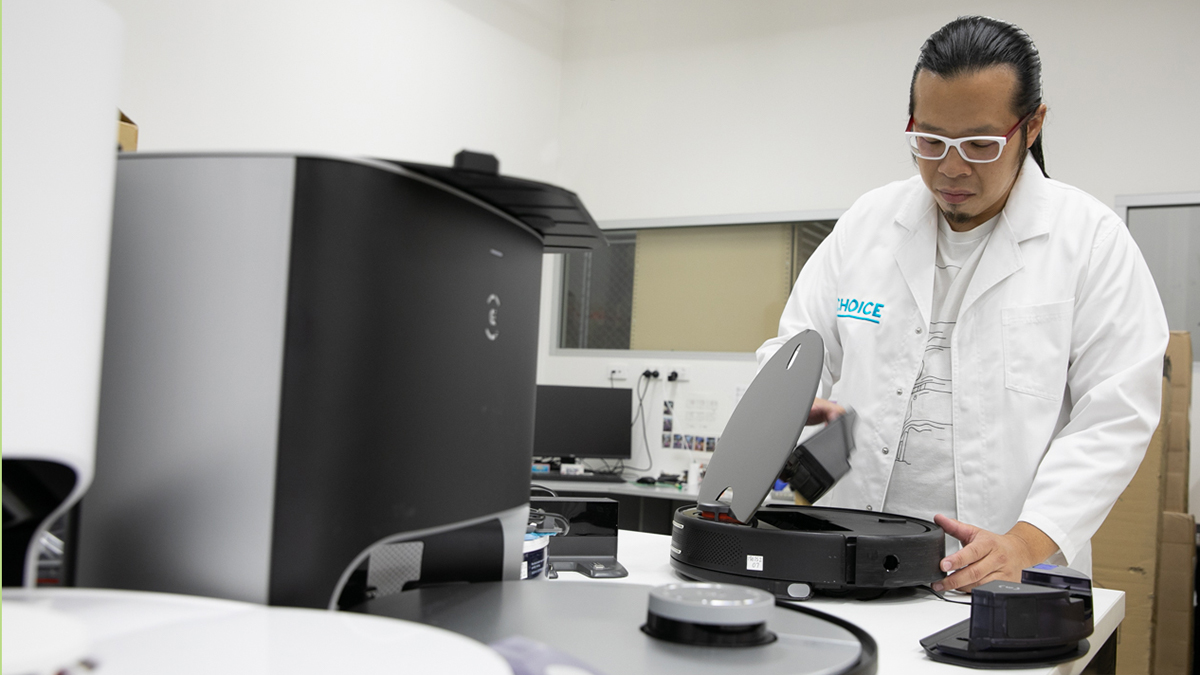
Robot vacs are increasingly popular and the newest models come with many features including self-cleaning capabilities, mapping and floor mopping. But they still need to make improvements in some areas, so you may not want to part with your regular mop and vacuum just yet.
On this page:
The CHOICE labs put robot vacuums through their paces to see which ones are best at cleaning your floors, as well as being easy to set up and use.
Here, we’ll tell you how we test robot vacs to give you the results that help you choose what to buy.
Our expert testers
Our test coordinators Matthew Tung and Adrian Lini are passionate about determining a product’s technical performance.
Matthew has worked at CHOICE since 2011, testing a wide range of products in the CHOICE labs from strollers to electric blankets, as well as stick vacuums. He also sits on Australian Standards committees.
Adrian tests many small appliances including espresso machines, toasters and carpet shampooers.
How we choose what we test
With so many manufacturers jumping on the robot vacuum bandwagon, what makes us choose one robot vacuum to test over another? As with most of our product testing, our aim is to test the most popular models on the market and what you’re most likely to see in the retailers.
We survey manufacturers to find out about their range of models, we check market sales information and we also check for any member requests to test specific models.
From this information we put together a final list that goes to our buyers. They then buy each product from retailers, just as a regular consumer would. We do this so we can be sure they’re the same as any consumer would find them and not ‘tweaked’ in any way.
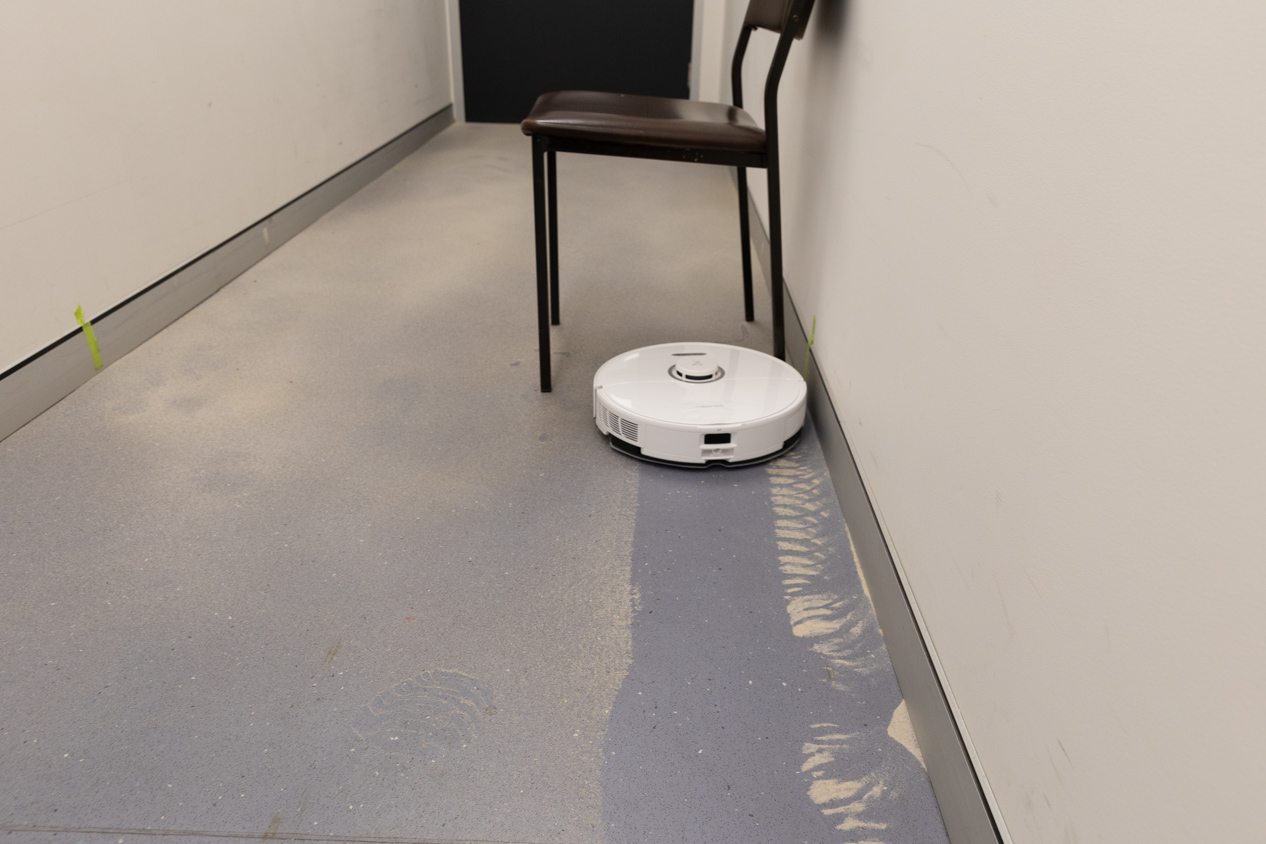
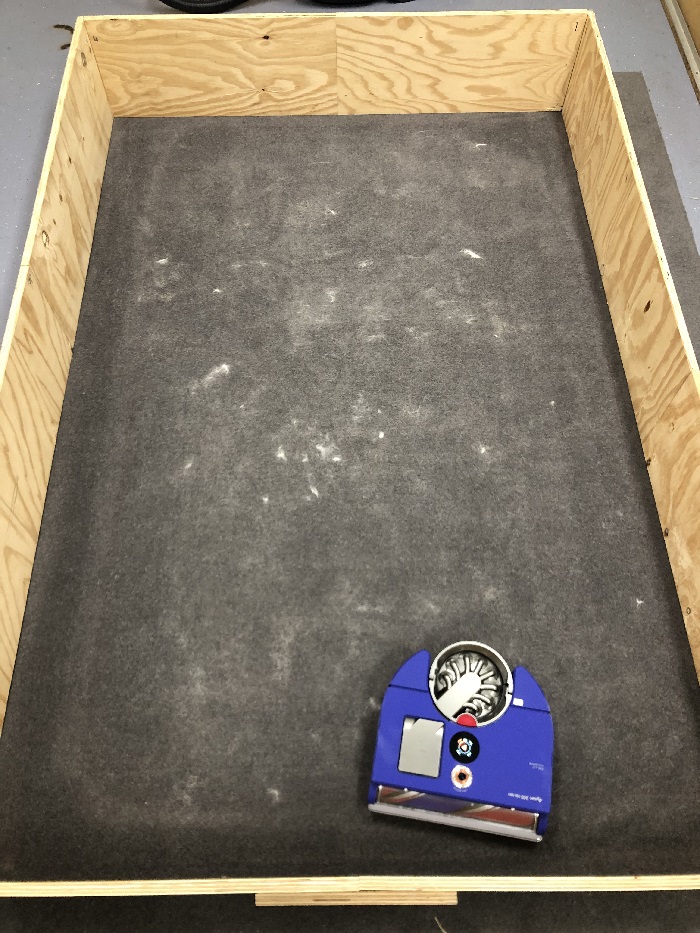

How we test robot vacuums
Dirt removal from hard floors
Our experts scatter a set amount of sand evenly over a hard floor and let the robot run for 25 minutes, or until the vacuum completes its cleaning cycle, measuring the dirt pick-up at intervals throughout. Objects, including chairs and a bench, are placed in the room to make the setup look similar to a home.
Dirt removal from carpet
Sand is sprinkled evenly onto a section of carpet and the robot runs for a set period of time on the carpeted area. The sand collected is weighed and recorded.
Cleaning corners and edges
Sand is spread into a right-angled corner, and the robot vacuum cleaners are assessed to see how close to corners, chairs and table legs they can get to pick up the dirt.
Pet hair removal
Cat hair is embedded into the carpet and the vacuum is allowed to run for six minutes. Our testers rate the vacuums based on how much cat hair is left behind after the test (this is a visual assessment).
Object avoidance
We comment on whether the robot vacuum hits items as it’s trying to map its way around. We also see if it gets caught in a tasselled rug or if it can go over them.
Ease of use
Robot vacuums are becoming increasingly complex thanks to their many capabilities, which are generally controlled by apps. Ease of use was never a concern in the early days when robot vacuums generally only had start and stop functions.
Today, users and prospective buyers tell CHOICE that they want a model that’s easy to set up and maintain, and an app that has scheduling and easy mapping capabilities. In response to this, we now look at:
- Ease of emptying the dirt receptacle (models with self-emptying functions tend to score better for this)
- Whether the app is easy to use, with clearly labelled functions (we also log what information you need to provide to get the app up and running). This includes the user interface and whether it’s laggy, confusing to navigate and whether features are easy or difficult to find.
- Ease of connecting the robot and app to your home network
- Ease of creating and saving room maps, creating and using cleaning schedules and changing settings and controls.
- Cleaning logs such as details of paths and obstacles, time spent cleaning and how much battery was used.
Mopping test
Most of the robot vacuums that come through the CHOICE lab now have mopping capabilities, so we’ve introduced a mopping test to see how well they can perform this function and how easy it is to use.
Our experts assess how easy the mops are to program and prepare, and how easy the mopping pads are to wash.
When testing performance, they spread several common stains around laminate floorboards including coffee, red wine, a mud mixture, soy sauce and jam.
They then give the robot the best possible chance to do its job by selecting the most intense cleaning and water flow settings and rating how well the stains are removed.
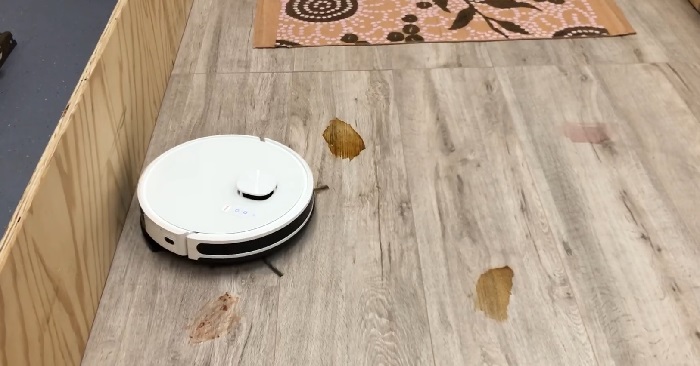
Another part of this test is to see how well the robot avoids carpet (if it mops carpet, this can cause stains). Some robot vacuums don’t have automatic carpet avoidance capability while mopping, and in those cases we follow the manufacturer instructions on how to set a defined cleaning area that will avoid the carpet.
Some newer models can even lift their mopping pads up if they encounter carpet so you don’t need to specify a ‘no-go’ area for the robot. If the mop makes things dirtier by getting on carpet and spreading soil around, a penalty may be applied to the overall mopping score.
Test criteria explained
The CHOICE Expert Rating (our overall score) is made up of:
- Hard floor dirt pick-up (20%)
- Dirt removal from carpet (15%)
- Cleaning corners and edges (10%)
- Pet hair removal (10%)
- Mopping performance (15%)
- Ease of use, including official apps (30%).

